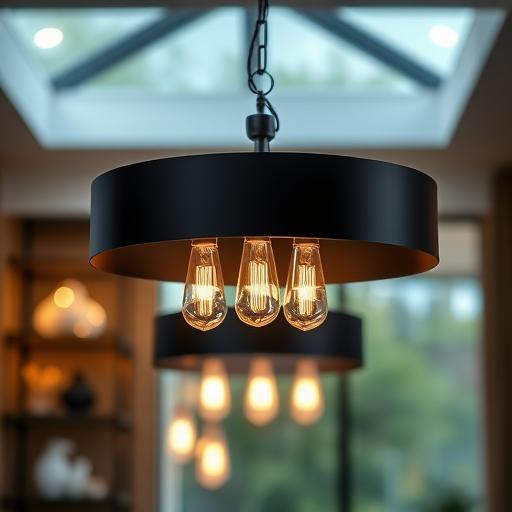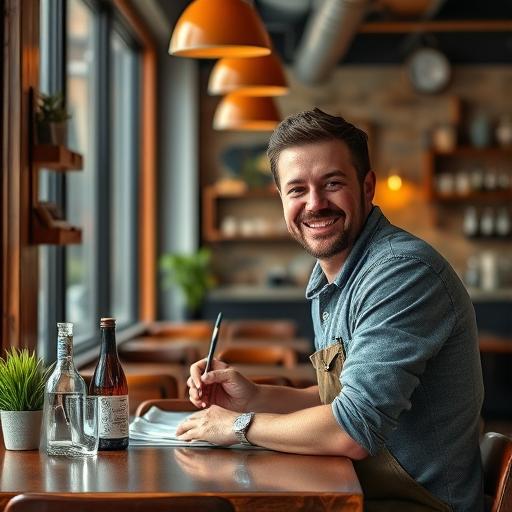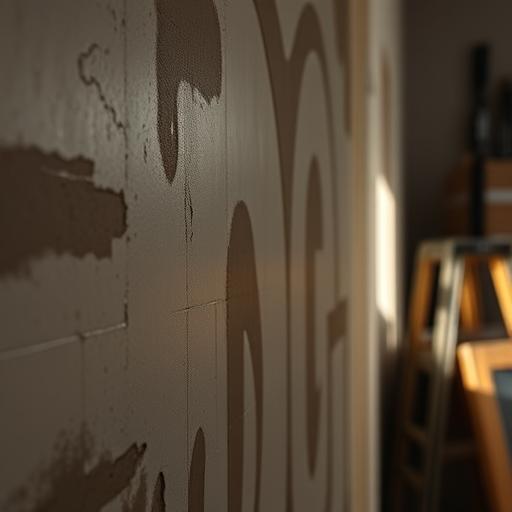
How to Create a Restaurant Vibe at Home with Matte Black Chandelier Fixtures
Why Matte Black? The Secret Ingredient to Ambiance
There’s something undeniably chic and sophisticated about a matte black finish. Unlike glossy or metallic alternatives, it absorbs light, creating a deep, velvety look that adds instant drama and character to a room. This is the secret sauce that many modern restaurants use to cultivate an atmosphere of cool, understated luxury. Installing matte black chandelier fixtures is a surefire way to make a bold statement that feels both contemporary and timeless.
The beauty of matte black is its incredible versatility. It pairs beautifully with a wide range of decor styles, from industrial and minimalist to modern farmhouse and even glam. It acts as a stunning focal point against a light-colored ceiling or wall, providing a graphic punch that draws the eye upward. Against a darker, moodier backdrop, it blends in to create a cohesive, enveloping sense of intimacy, much like a cozy corner booth at your go-to dinner spot.
Choosing the Right Chandelier Style for Your Space
Once you’ve settled on the perfect finish, it’s time to pick a style that complements your home’s personality. For a clean, contemporary look, consider a sputnik-style chandelier with radiating arms or a minimalist linear fixture that stretches elegantly across a long dining table. These designs are sculptural and artistic, acting as functional art that mimics the lighting found in many trendy urban eateries. They make a statement without overwhelming the space. 🤩
If your taste leans more towards rustic or industrial, a chandelier with exposed Edison bulbs and a simple, wrought-iron-inspired frame might be the perfect fit. These styles evoke the feeling of a gastropub or a converted warehouse restaurant. Don’t be afraid to mix and match! A modern matte black chandelier can provide a fantastic contrast in a more traditional dining room, creating a dynamic and curated look that feels professionally designed.
Getting the Size and Scale Just Right 📏
The proper scale is everything when it comes to lighting; it’s the difference between a designer touch and a design misstep. A good rule of thumb for a dining room chandelier is to choose a fixture with a diameter that is roughly one-half to two-thirds the width of your dining table. This ensures the light is proportional and feels like a natural extension of the dining area, rather than an afterthought that is too small or a behemoth that crowds the table.
Hanging height is just as important for achieving that intimate restaurant feel. The bottom of your chandelier should hang approximately 30 to 36 inches above the surface of your dining table. This height is low enough to create a warm, contained pool of light over your dining space, encouraging conversation and connection. It’s high enough to prevent guests from bumping their heads while still allowing for an unobstructed view across the table. ✅
Layering Your Lighting Like a Pro
A single overhead light source, no matter how beautiful, can feel flat and harsh. Professional interior designers and restaurateurs know that the key to great ambiance is layered lighting. Your matte black chandelier serves as the primary source of ambient light, but it needs support. Think about adding wall sconces to cast a soft glow on the walls or a stylish floor lamp in a corner to add warmth and eliminate dark shadows.
This multi-source approach adds depth and dimension to your dining space. You can use accent lighting, like a small, directional spotlight, to highlight a piece of art or an architectural feature. The combination of ambient, task, and accent lighting gives you complete control over the room’s mood. It allows you to create a bright and functional space when needed and a low-lit, romantic setting for special meals.
The Magic of Dimmers and Bulb Selection 💡
If you take away only one tip, let it be this one: install a dimmer switch. This is the single most effective tool for transforming your dining room lighting from purely functional to fabulously atmospheric. A dimmer gives you the power to adjust the intensity of the light to suit any occasion, from a brightly lit family game night to a softly illuminated, romantic dinner for two. It’s a small change that makes a huge impact on the vibe.
The type of lightbulb you choose is also critical. To capture that warm, welcoming restaurant glow, opt for bulbs with a warm white color temperature, typically around 2700K (Kelvin). Avoid cool or daylight bulbs, which can feel sterile and clinical. For an extra touch of style, consider using vintage-style Edison bulbs. Their visible filaments add a wonderful, nostalgic quality that perfectly complements an industrial or modern matte black fixture.
Accessorizing Around Your Statement Piece
Your new chandelier is the star of the show, but every star needs a great supporting cast. Weave the matte black element throughout the room with small, intentional accessories. This could be as simple as matte black cutlery, salt and pepper shakers, or candlestick holders on the table. You could also hang artwork in simple matte black frames on the walls to create a cohesive and polished look.
Pay attention to your tablescape to complete the dining-out experience. Use cloth napkins, stylish placemats, and your best dinnerware. A simple, low-profile centerpiece, like a small vase of fresh flowers or a few scattered tea lights, adds a touch of elegance without competing for attention with your stunning light fixture. These details work together to make an everyday meal feel like a special occasion. ✨
Tying It All Together: Music and Scent 🎶
Ambiance is a full sensory experience, and lighting is just one piece of the puzzle. To truly replicate a restaurant vibe, you need to consider sound. Create a dedicated dinner playlist filled with instrumental music, low-fi beats, or soft jazz. The goal is to have background music that fills the silence and sets a mood without overpowering conversation. A small bluetooth speaker is perfect for this.
Finally, don’t forget the power of scent. The best restaurants have a subtle, inviting aroma when you walk in. You can achieve this at home with a scented candle or an essential oil diffuser. Choose sophisticated, food-friendly scents like sandalwood, rosemary, citrus, or vanilla. A pleasant, understated fragrance is the final touch that will transport you and your guests from a home dining room to an exclusive, five-star experience.


